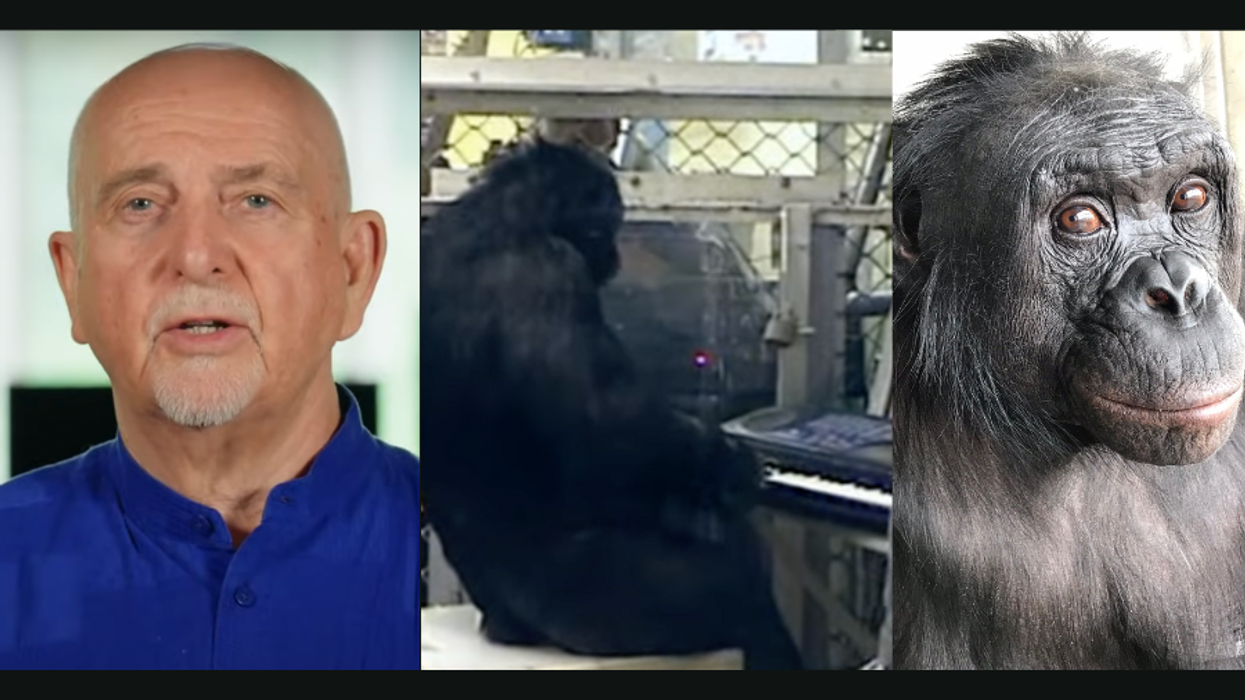GOOD readers have certainly heard of Fair Trade and probably purchase, a least occasionally, Fair Trade coffee or chocolate or such. But most of you likely know less about what Fair Trade actually is—or how it works—than you do about, say, organic foods or GMOs. Consequently, you may not appreciate the significance of a controversy that is roiling the Fair Trade movement, from South Africa to Seattle, and might change Fair Trade into something quite distinct from what you imagine it to be.
You don’t need to know (or care) about Fair Trade, per se, to care about this fight. That's because this contestation is just one storyline in the larger drama of progressive people around the world trying to rein in the worst effects of an unfettered marketplace. This is because the trajectory and the character of the Fair Trade movement are so similar to earlier and concurrent efforts to fight Apartheid, sweatshops, deforestation, human trafficking, chemically-intensive farming, overfishing, and more.
At the heart of the Fair Trade debate you’ll find two camps that differ in their composition—who disagree about what Fair Trade actually is, about issues of process, and about their competing strategic visions for how Fair Trade can bring about the greatest possible good. You’ll also find an increasing role for corporations—both those with strong street cred for their reform efforts, and those who are archetypes of corporate misconduct.
In one camp there is the predominant global Fair Trade certification body, Fair Trade International (aka FTI), its members in most other industrialized economies, hundreds of Fair Trade-certified small farmer co-operatives (who together represent hundreds of thousands of farming families), faith-based groups, nonprofit Fair Trade advocacy organizations, and many 100-percent Fair Trade brands and pioneers like Equal Exchange.
In the other camp is Fair Trade USA—the dominant Fair Trade certifier in the U.S., which a year ago broke ranks with FTI—the global umbrella group it had been always been a part of. Joining FTUSA are multi-billion dollar corporations like Green Mountain Coffee Roasters and Whole Foods, and a growing number of large-scale plantations in coffee and cocoa growing nations.
In this piece, we can't look at all of the issues that divide these two camps, but we can start here and expect to have a lively and civil discussion about the key disagreements.
Today, we’ll start by quickly looking at one key disagreement: Should large coffee, cacao, and sugar plantations be eligible for Fair Trade certification? The Fair Trade USA camp says yes. We at Equal Exchange, and the others in our camp, say no.
A bit of historical background first. In the mid-'80s, when the Fair Trade concept was first applied to farming products, it was a solution co-created by a cooperative of indigenous small-scale coffee farmers in Oaxaca, Mexico, called UCIRI, and a Dutch NGO, Solidaridad. Coffee that was grown and exported by co-ops like UCIRI, and imported into the Netherlands or other countries on specific, preferential terms that delivered extra benefits to the farmers (like a guaranteed higher price), could bear a “Fair Trade” label on the package that would communicate this social-impact difference to the shopping public.
Since then, this radical innovation has grown beyond all the founders’ expectations. Today, you can find many kinds of Fair Trade products; more than $5 billion in Fair Trade goods are sold annually and the sales are growing 10-25 percent every year. Nevertheless, a mere 5 percent of the world’s coffee is fairly traded. And coffee is the most successful Fair Trade crop. For tea, bananas, and other foods, the comparable percentages are even lower.
That the Fair Trade approach has not obtained greater market share brings us back to the plantation issue. Fair Trade USA argues that the problem is on the supply side—that too few growers are permitted access to the Fair Trade eligibility, and that if it could change that, it could double the volume of Fair Trade imports into the U.S. This is one reason FTUSA broke ranks with FTI a year ago and launched their “Fair Trade For All” initiative (aka FT4All).
With FT4All, FTUSA is beginning to offer Fair Trade certification to every type of grower—from small, independent farmers (i.e. those not working within a cooperative) to the largest plantations, assuming they meet certain social, economic and environmental criteria. This contrasts with Fair Trade’s original practice of directing sales exclusively to democratically organized cooperatives of small-scale farmers like UCIRI.
For the critical Fair Trade categories of coffee, cocoa or sugar—that together represent 60 percent of all Fair Trade sales—the rest of the international community still restricts Fair Trade eligibility to small farmer co-ops.
Photo of the Nasufwa Women's Group via Equal Exchange.













